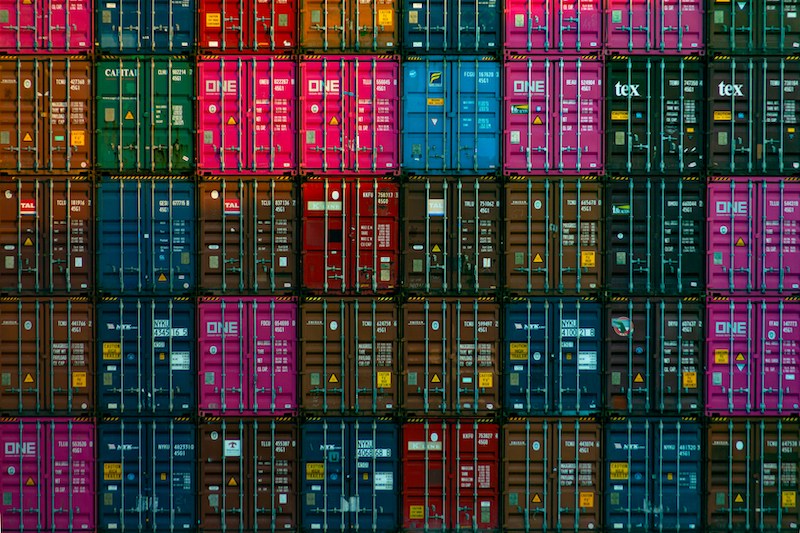How Trump-era tariffs are reshaping global supply chains and African transfer pricing strategies
As Donald Trump’s second term seems set to be defined in part by a renewed surge of tariffs and trade protectionism, multinational enterprises (MNEs) face complex questions about supply chains, profit allocations, and the overall structuring of their global value chains.
According to Michael Hewson, director at specialist African transfer pricing advisory firm, Graphene Economics, a key area under pressure is transfer pricing (TP). He explains that TP is the term for how multinational groups set the prices for transactions between related entities in different countries. These prices affect where profits are reported and, in turn, how much tax is paid in each jurisdiction. While transfer pricing is usually a behind-the-scenes concern for finance and tax teams, it becomes highly strategic in times of global economic upheaval.
Understanding tariffs and their role in global trade policy
“Tariffs, which tend to be used to shield domestic industries from foreign competition, act as a tax on imports,” explains Hewson. “Trump’s focus on introducing new tariffs and his swift changes of direction regarding implementation of these tariffs have triggered retaliatory actions from certain trade partners and injected fresh uncertainty into global markets. For African-based MNEs, or those routing goods through Africa to the USA, the impact could be substantial.
“MNEs that are manufacturing in Africa and then distributing into the USA will need to consider their value chains. For example, imagine a South African company that manufactures automotive components and sells them to its sister company in the United States, which then sells the completed vehicles to American customers. The price at which the South African company sells the parts to its US counterpart is the ‘transfer price’.”
He explains that revenue authorities in both South Africa and the USA want to ensure that the price of these components reflects what independent businesses would charge each other (this is known as the arm’s length principle). “If the price is deemed not to be arms-length, one country might claim it’s losing out on tax revenue, which can lead to audits, penalties, or even double taxation,” he says. “If the USA levies high tariffs on South African goods, including these car parts, the multinational group may need to ask whether it makes sense to continue manufacturing in South Africa, or to use one of the other plants in the world that may have lower duties imposed, or it might ultimately decide it’s better to build a plant in the USA. These decisions have potential tax consequences. For example, if the profitability of the South African entity reduces because production is shifted to another company within the group, it may be considered as a business restructuring for transfer pricing purposes.”
“Similarly, a member of an MNE based in South Africa that was selling into the USA may now no longer be competitive in the USA with higher tariffs. If the multinational wants to maintain its market share in the USA (just in case tariffs reduce in this world of volatile trade policy), then its South African company may consider subsidising the pricing into the USA. But that could raise questions from SARS if it is now selling to a USA-related party at subsidised prices. In such a case, the South African entity will need to be able to demonstrate the commercial rationale of its pricing decisions. Therefore, the decision of how to manage the risks relating to these looming increased trade tariffs is as much an issue of the quantum of the tariffs, as it is a question of how long the tariffs may be in place for.”
Hewson says that when tariffs raise input costs or make cross-border goods less competitive, traditional intercompany pricing structures may no longer reflect economic reality. This affects MNEs on many levels, from shrinking margins to costly compliance breaches. However, the knock-on effects on African economies can also be substantial.
“The ripple effects of tariff-driven supply chain realignments and TP adjustments can be significant for African economies,” says Hewson. “If, for example, the car manufacturer decides to shut down its local car parts plant in favour of producing in a lower-tariff country or relocating operations to the US, this could lead to significant job losses in a country already grappling with high unemployment and widespread poverty. Reduced industrial activity also means lower tax revenues for African governments and diminished demand for local suppliers and service providers. In economies where multinationals play a crucial role in employment and development, these decisions (while financially prudent from the MNE’s global business perspective) can have negative local consequences.”
Transfer pricing challenges facing African multinationals
Hewson says that in the event of a trade war, intra-group sales from Africa to the USA (particularly in key sectors like manufacturing, minerals, and agriculture) are likely to face heightened scrutiny. “Customs and tax authorities will expect pricing policies to account for tariff-inflated costs, foreign exchange exposure, and shifting risk allocations,” he says.
One consequence of this volatility is the need for rapid scenario planning. Hewson warns that “if there is a restructuring or realignment of a group’s value chain, the group needs to ensure the restructuring itself is arm’s length by considering how an independent third party would approach it.” Exclusive distribution arrangements or long-term supply contracts may limit flexibility and add legal complexity.
Hewson’s advice to MNE’s in terms of TP is to focus on:
- Reviewing intercompany pricing models to consider the impact of tariff-related cost increases and potential demand drops;
- Determining which entity bears foreign exchange risk, especially given the rand’s volatility amid global uncertainty;
- Maintaining strong TP documentation, especially as authorities ramp up audit activity and require consistency between customs values and intercompany pricing.
“Tariffs don’t just affect profits; they ripple through the entire value chain,” Hewson says. “If US demand falls for a tariff-affected product, MNEs may dump excess supply in other countries, impacting local pricing and profitability. This may impact profitability of local producers.”
He suggests that customised, country-specific approaches are needed. “As with Covid-19, the impact of tariffs varies by jurisdiction. Some countries retaliate aggressively; others take a wait-and-see approach. MNEs operating in Africa must consider these asymmetries in designing their TP policies. Understanding the implications for an MNE requires considering the consequences in each country where it operates,” says Hewson.
Ultimately, he says, MNEs need to demonstrate agility and integrated decision-making to weather the tariff storm. “I firmly believe that transfer pricing can no longer be treated as a compliance afterthought,” he says. “It’s a strategic lever and one that needs to be tightly aligned with procurement, production, and commercial strategies if African MNEs are to navigate this turbulent new trade era.”






